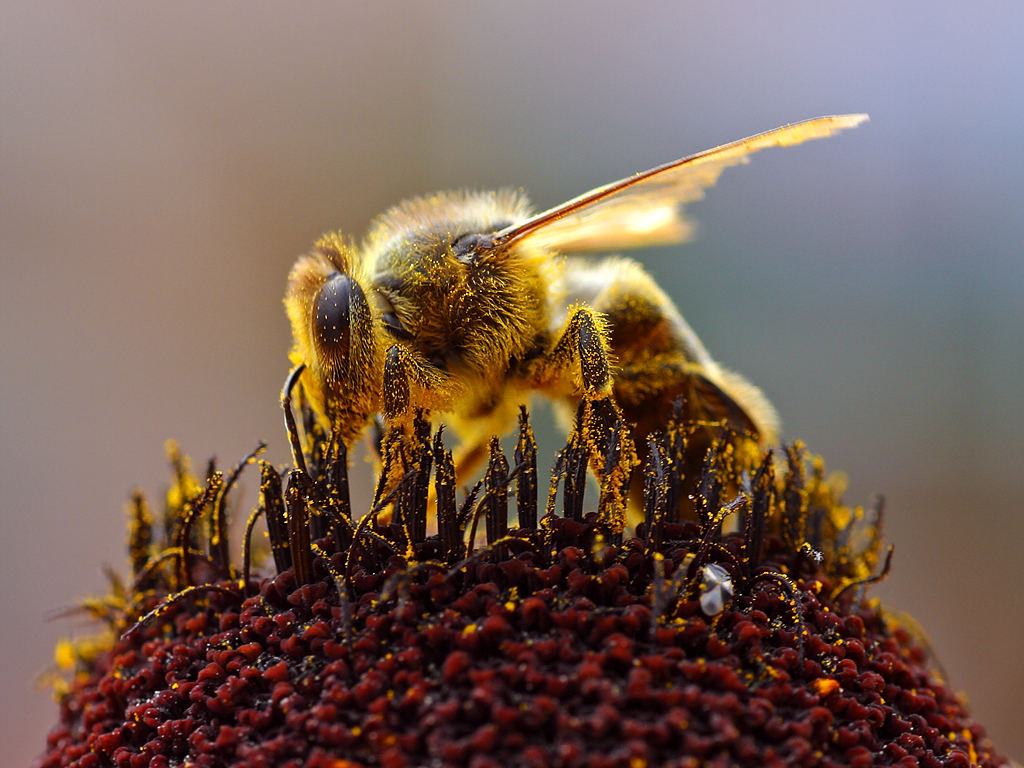Signs shown of genetic resistance to DFTD
Research by an international team of scientists, published at the end of August in the journal Nature Communications, shows two regions in the genomes of Tasmanian devils (Sarcophilus harrisii) appear to be evolving in response to the fatal facial tumour disease that has ravaged populations in the wild for almost 20 years.
Evolutionary geneticist Andrew Storfer from Washington State University, and geneticist Paul Hohenlohe from the University of Idaho, compared tissue samples collected from Tasmanian devils by Menna Jones over a 17-year period. An Associate Professor and wildlife ecologist at the University of Tasmania, Jones is credited with first identifying DFTD during the mid-1990s, and she subsequently established long-term field sites to study the animals. In less than 20 years populations of devils in the wild have declined by more than 80 per cent.
Jones, who is a co-author of the paper, said two small genomic regions were identified in the recently collected DNA samples from three sites: Narawntapu in Tasmania’s north-east, West Pencil Pine in western Tasmania’s Cradle Valley, and Freycinet, on the east coast. They all exhibited significant changes in response to the strong selection imposed by the disease.
“Five of seven genes in the two regions they identified were related to cancer or immune function in other mammals, suggesting that Tasmanian devils are indeed evolving resistance to DFTD,” Jones said.
The study suggests it has taken very few generations to achieve a substantial genomic response, a finding that is, ‘remarkable in light of several factors that make it difficult to detect signatures of selection on such a short timescale.’
Although it was always hoped devils would develop a resistance to the disease, the speed with which it has occurred is a ‘game-shifter’ according to Jones.
“The results are really gound-breaking. For the last eight years we expected devils would evolve to overcome the cancer and effectively save themselves, but this has happened incredibly fast. We’ve seen changes in devils in four to six generations,” she said.
The evolutionary impact on populations of the recently discovered DFT2 is still unknown (The Veterinarian: January 2016) but the study states its appearance, ‘raises the hypothesis that a combination of the unique life history and historical demography of the Tasmanian devil has created a “perfect storm” for the evolution of transmissible cancers.’
Jones said research will now focus on identifying the specific functionality of the genomic regions identified in the research.
“We hope that in future, disease-free devils with apparently DFTD-resistant DNA can be bred to enhance the genetic diversity of insurance populations, in case devil reintroductions are needed in the future,” she said.
ANNE LAYTON-BENNETT
Reference: Nature Communications 7, article number: 12684 (2016) doi:10.1038/ncomms12684


